Where can I find heritage near me?
Exploring and experiencing the past might be easier than you think! You will find heritage all around you, in places to visit and explore, things to see and do, activities to observe and experience, and people to watch and listen to.
The following is a list of examples where you can find heritage. You might think of others, too. When you go through the list, see if you can identify which type of heritage is being described – is it tangible, intangible, or natural heritage?
Marae
Marae buildings, including their contents (for example, carvings, artworks, photographs) and structures (for example, flagpoles, gateways), are one of many places containing Māori heritage. They are symbols of tribal identity and a place of belonging. Traditional knowledge and cultural practices are held in marae settings. Whānau members know and tell oral traditions and stories including legends, waiata, and chants. Taonga items, carvings, tukutuku panelling and weaving often speak of origins and whakapapa links.
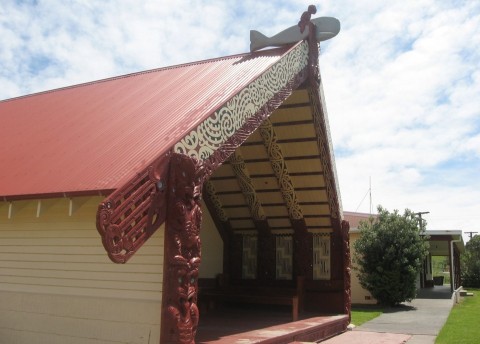
Whāngārā Marae. Image: LEARNZ.
Historic buildings
Old buildings can give us a glimpse into a past way of life. There are often stories, artefacts, and sometimes images associated with these buildings. The architecture of historic structures is also representative of a particular time and place. You may even know of some structures and machinery still standing in a remote location. It might be parts of an old rusty machine left behind in the bush, or an abandoned fortification.
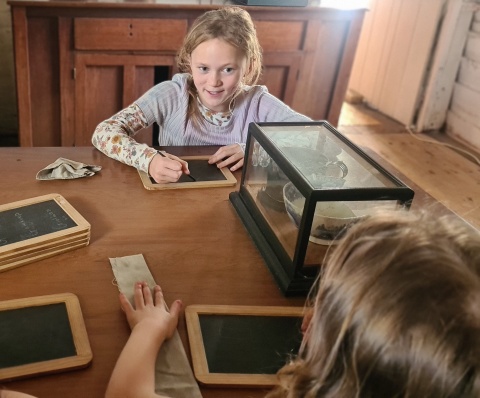
Students writing on slates in Kerikeri Mission House, Kerikeri. Image: LEARNZ.
Museums
Museums are a great place to view taonga and artefacts, the historical objects made and used by humans. They can tell us a lot about the culture and practices of different groups of people, both past and present.
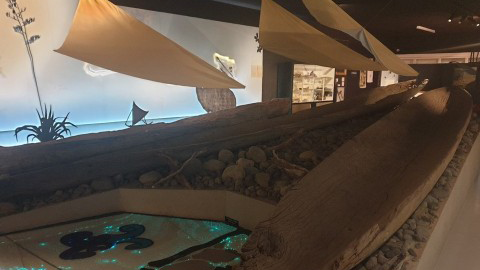
Inside Marlborough Museum. Image: LEARNZ.
The library
Libraries hold a huge amount of written records from the past, which you can look up and research. Visual records in a library, like drawings, photos, and maps, help us to uncover more of the past behind the stories.
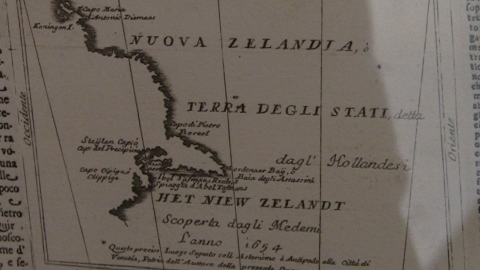
Part of an early map drawn by Dutch explorer Abel Tasman. Image: LEARNZ.
Art gallery, art exhibitions
Art can capture historical moments, showing emotion, symbolism, and stories from our past. As such, they can be a window into culture and heritage.
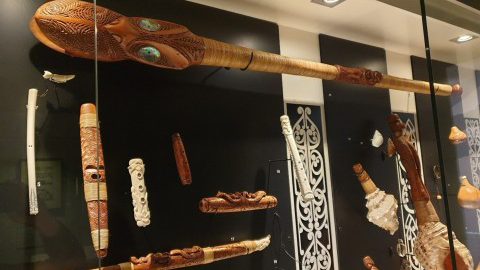
A display at Nelson Provincial Museum. Image: LEARNZ.
Whakapapa – your own house or family
Chances are, there are heirlooms, stories, traditions, and culture handed down through generations of your own family. Many of these may be experienced, used, or observed regularly at home or the homes of extended whānau.
- Do you know much about your family heritage?
- What are some important parts of your culture?
- What foods are traditionally prepared?
- Are there dances or art that are significant?
- What about a mountain, lake, or river nearby that has a special meaning?
Talk to a family member about your heritage and ask them some of these questions.
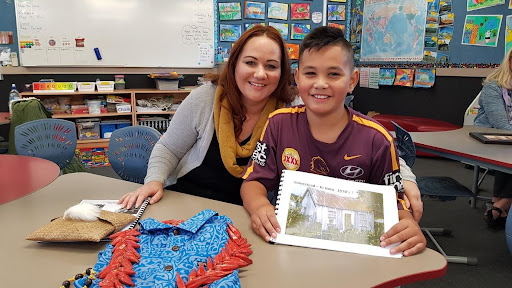
A student and parent sharing taonga items from their whakapapa. Image: LEARNZ.
Any place with a name
The meaning of place names can be an interesting way to learn more about the heritage of an area. They are important landmarks of the history, people, culture and identity of our nation and communities. In te reo Māori, place names help to record history and define relationships between people and the land. These place names tell stories of creation myths, ancestors, explorers, and notable events, as well as describing landscape features and identify resources.
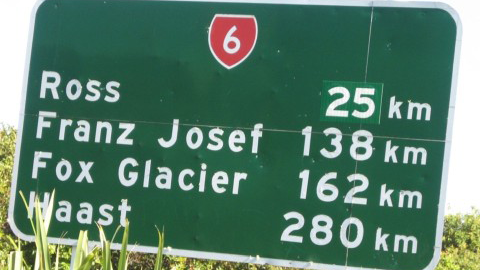
Road sign in Te Waipounamu, The South Island. Image: LEARNZ.
Markets
These are often great places to observe and experience skills, crafts, and customary food. Vendors at markets may carve, weave, cook, or work with old tools and machinery, and can usually tell you a lot about the heritage values of where those practices originated from. This helps keep our heritage alive, especially if young people get involved and learn these skills.
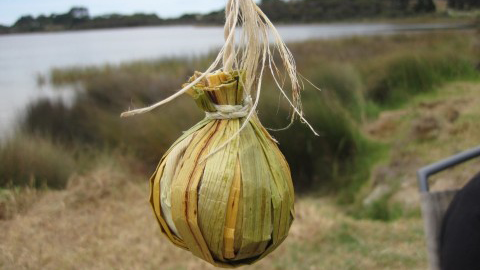
Poi made from natural fibres. Image: LEARNZ.
Social practices, rituals, and festive events
Social practices, rituals and festive events are activities shared by communities and community groups. They vary from small, informal gatherings to large-scale formal or social celebrations and commemorations. These events might happen at home, in a public space, or in places such as a church or marae.
Social practices, rituals, and festive events relate strongly to heritage. They reaffirm the culture and identity of those who practise them either as a group or a society, and are closely linked to important places, people, and events.
Social practices, rituals and festive events involve a huge variety of forms: worship rites; rites of passage; birth, wedding, and funeral rituals; traditional games and sports; kinship ceremonies; food traditions; seasonal ceremonies; hunting, fishing, and gathering practices, and many more!
They also include a wide variety of expressions and physical elements: special gestures and words, recitations, songs or dances, special clothing, and processions. Can you think of any others?
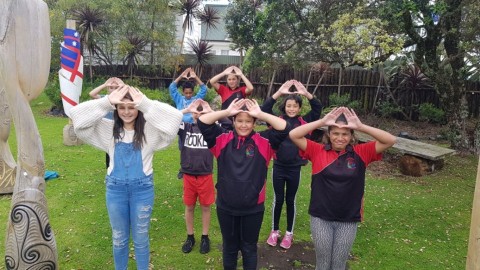
Ākonga displaying actions from a waiata. Image: LEARNZ.
Places to view performing arts (such as music, dance, and theatre)
There are usually venues in cities and towns where you can go and view performing arts. The performing arts range from vocal and instrumental music, dance, and theatre to pantomime, sung verse and beyond. They include numerous cultural expressions that reflect human creativity and heritage.
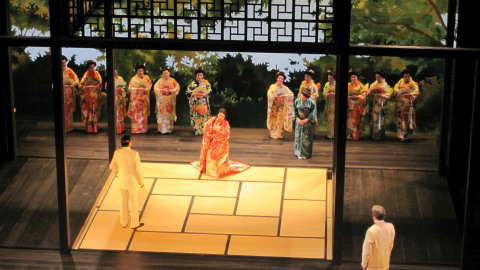
A scene from Madame Butterfly. Image: LEARNZ.
Human-made landscape features and plantings
In some places, you can see evidence left behind from the past, such as old pā sites, gold mining water tunnels, holes made by gum diggers, or trees planted by European settlers. It could be a botanical garden, a sanctuary, or a conservation area.
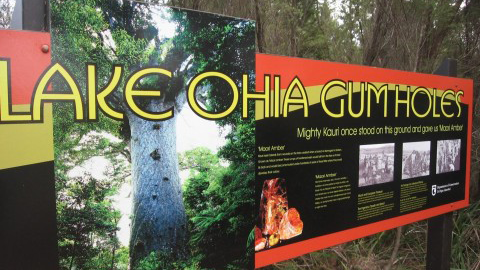
Sign at Lake Ōhia wetland, Northland. Image: LEARNZ.
Taiao - natural areas
Natural heritage areas include our native forests, wetlands, rivers, dunes, mountains, scrub, harbours, coastlines, estuaries, and the plants and animals that live in them. These areas might be in public spaces like parks or reserves, and some might be on private property. There might be significant landforms or geological features in these areas.
People value natural heritage areas differently. They may be important spiritually, culturally, historically, and economically. For many people, natural heritage areas help define our identity as New Zealanders – our lifestyles, our history, our ancestry, our clean green image, and our national icons like the kiwi, silver fern, and koru.
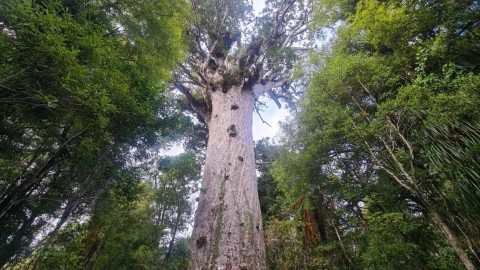
Tāne Mahuta: Waipoua Forest, Northland. Image: LEARNZ.
Natural heritage areas are often linked to important historical events. Sometimes information panels describe and explain more about the heritage site or activity that took place at that location.
Māori kupu | key words
hangatanga/whare | building, structure
whare tongarewa/whare taonga | museum
ritenga/tikanga | custom
kawa | ritual
taiao | environment, nature
ahurea tuakiri | cultural identity
whakanuitanga | celebration, commemoration
Source: Justin Hoysted blog | What is so important about cultural heritage



